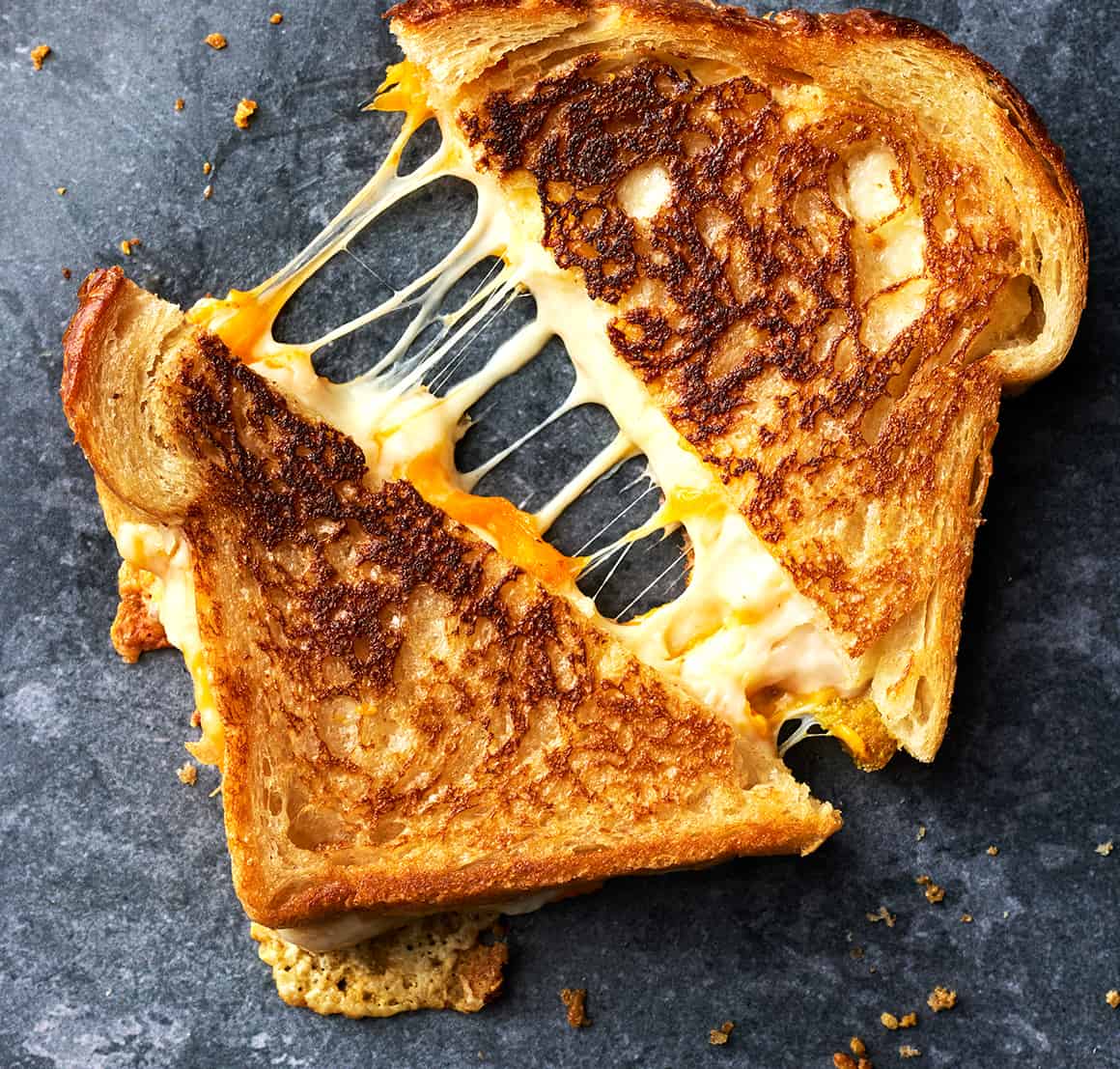Sample Recipe Website

This website demonstrates how to easily publish and display a website
Pad Thai Recipe (from Hot Thai Kitchen, authored by Pailin Chongchitnant)
Link to the recipe on their website: https://hot-thai-kitchen.com/best-pad-thai/#tasty-recipes-7100-jump-target
Ingredients
PAD THAI SAUCE • 35 g palm sugar, chopped (3 tablespoon tightly packed) • 3 Tbsp (45 ml) water • 3-4 tablespoon Thai cooking tamarind (see note 1, and also see how to make tamarind paste from pulp) • 2 Tbsp good fish sauce
PAD THAI • 4oz (115g) dry rice noodles, medium size, soak in room temp water for 1 hour (see note 2) • 2 Tbsp dried shrimp, medium size, roughly chopped • 3 cloves garlic, chopped • ¼ cup roughly chopped shallots • 3 oz (85 g) pressed tofu, cut into small pieces • 3 Tbsp finely chopped SWEET preserved daikon radish (see note 3) • Dried chili flakes, to taste (optional) • 3 Tbsp (45 ml) vegetable oil • 10 medium sized shrimp, or as many as you like (to sub other protein, see note 4) • 2 eggs • 2 ½ cups (120 g)bean sprouts, loosely packed • 7-10 stalks (70 g) garlic chives, cut into 2” pieces • ¼ cup roasted peanuts, roughly chopped • 1 lime • Garnishes and condiments for serving: chili flakes, roasted peanuts, bean sprouts and garlic chives.
(In Thailand, fresh banana blossom is sometimes served on the side of pad thai. I don’t love them personally, but if you do and can find them, go for it!)
Instructions
TO MAKE PAD THAI SAUCE (SEE NOTE 5):
- Add palm sugar to a small pot and melt over medium heat. Once the sugar is melting, keep stirring until it darkens in colour (see video for colour). Immediately add water, fish sauce, and tamarind paste. The sugar will harden immediately and this is okay.
- Bring sauce to a simmer, then turn off heat. The hardened sugar will not have dissolved at this point, but let it sit while you prep other ingredients and it should be dissolved by the time you need it. Check that it is dissolved before you start cooking!
TO MAKE PAD THAI (SEE NOTE 6):
- Cut drained noodles once with scissors so they are half as long. This makes them easier to toss and separate in the wok.
- In a bowl, combine tofu, garlic, shallots, preserved radish, dried shrimp, and chili flakes.
- Heat a wok or a large nonstick skillet over high heat and add just enough oil to coat the bottom. Sear shrimp, or whatever protein you’re using, until done and remove them from pan.
- In the same wok over medium heat, add a little more oil if needed, then add everything in the tofu bowl and sauté for a few minutes until garlic starts to turn golden and shallots are wilted. If the wok looks dry, add a little more oil. (Don’t skimp on oil otherwise the noodles will clump up together.)
- Turn heat up to high then add noodles and sauce. Keep tossing until all the sauce is absorbed.
- Once sauce is absorbed, you can turn off the heat and taste the noodles for doneness. If they’re still undercooked, add a little more water and continue cooking, being careful not to add too much water!
- Once noodles are done, push them to one side of the pan. Add add little extra oil to the empty space and add eggs. Break the yolks, then put noodles on top of eggs and cook for about 30 seconds. Flip and toss to mix eggs into noodles.
- Toss the cooked protein back in, plus any collected juices. Then add bean sprouts, garlic chives and half of the peanuts. Turn off the heat and toss until well mixed.
- Serve immediately with a lime wedge and extra peanuts on top. For a classic presentation you can add a little extra side of bean sprouts and some garlic chives garnish.
- Be sure to squeeze a bit of lime on top before eating!
Notes
- Do not use the black, sticky tamarind concentrate or paste from India as it is much more concentrated; use only tamarind from Thailand or Vietnam. Sourness between brands vary significantly, so give your tamarind a taste, and if it’s so sour it makes you pucker, use only 3 Tbsp, but if it feels mildly sour, use 4 Tbsp. (If unsure, use 3 Tbsp). If you’re making it from pulp, start with 3 Tbsp.
- You can soak noodles in advance, drain, and keep them well sealed in the fridge for a few days. I use Erawan brand noodles. Some brands, such as Thai Kitchen, have thinner noodles and take less time. Keep an eye on them and drain once the noodles are completely pliable (no resistance when bending).
- Thai sweet preserved radish is hard to find, but you can omit or use the Japanese version instead which is called “takuan” and is bright yellow.
- If using chicken, pork or beef, slice into bite-sized pieces and marinate them with just a bit of fish sauce or soy sauce so the meat isn’t bland.
- You can make a big batch of sauce in advance and store indefinitely in the fridge.
- I recommend cooking no more than 2-3 servings at a time to avoid crowding the pan and making the noodles soggy.